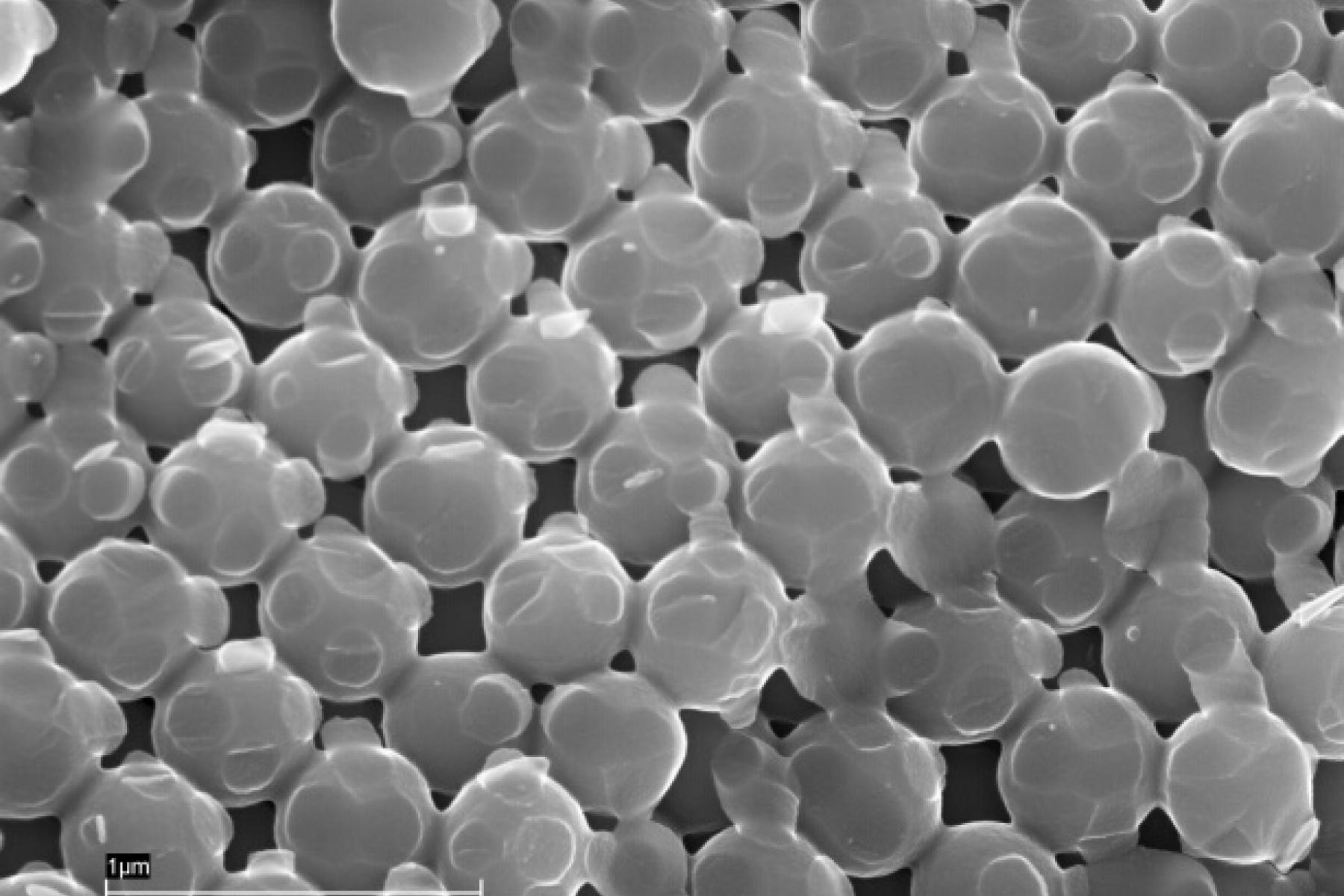DESCRIPTION
In this activity, museum visitors will be exposed to the term ‘Photonic Crystals’. They will see and explore some of the well-known photonic crystals in nature and will also be able observe one method that scientists use in trying to replicate this process.
DESCRIPTION
In this activity, museum visitors will be exposed to the term ‘Photonic Crystals’. They will see and explore some of the well-known photonic crystals in nature and will also be able observe one method that scientists use in trying to replicate this process.
TRAINING VIDEOS
OBJECTIVES
BIG IDEA
Behavior of light at the nanoscale is different from the macro scale. Visitors will be able to look at how nature produces shimmering iridescent colors using nanostructures. They will be able to understand and appreciate the applications of this process by making an artificial opal.
LEARNING GOALS
Understand that color is produced due to interaction of matter and light
Structural color is different from pigment based color
Behavior of light at the nanoscale is dependent on the size of the structures it is interacting with
NANO CONTENT MAP
Nanometer-sized things are very small, and often behave differently than larger things do.
Scientists and engineers have formed the interdisciplinary field of nanotechnology by investigating properties and manipulating matter at the nanoscale.
Nanoscience, nanotechnology, and nanoengineering lead to new knowledge and innovations that weren't possible before.
Credits
Lawrence Hall of Science
Developed for the NISE Network with funding from the National Science Foundation under Award Numbers 0532536 and 0940143. Any opinions, findings, and conclusions or recommendations expressed in this product are those of the authors and do not necessarily reflect the views of the Foundation.
Creative Commons Attribution Non-Commercial Share Alike 3.0 United States (CC BY-NC-SA 3.0 US).
View more details

NISE Network products are developed through an iterative collaborative process that includes scientific review, peer review, and visitor evaluation in accordance with an inclusive audiences approach. Products are designed to be easily edited and adapted for different audiences under a Creative Commons Attribution Non-Commercial Share Alike license. To learn more, visit our Development Process page.

